Image Phase Aligned Super-Sampling
ImPASS is a super-sampling algorithm that combines low-resolution frames, that are displaced, into a single high resolution image. ImPASS is unique as it uses a combination of high-accuracy Phase Correlation with SeDDaRA. What sets it apart ffom similar methods is verified performance, capable of surpassing both the diffraction limit and spatial frequency limit.
The best areas for application are microscopy and remote sensing. Here we highlight some processing results that are not in our published papers.
If you have an application, reach out to us!
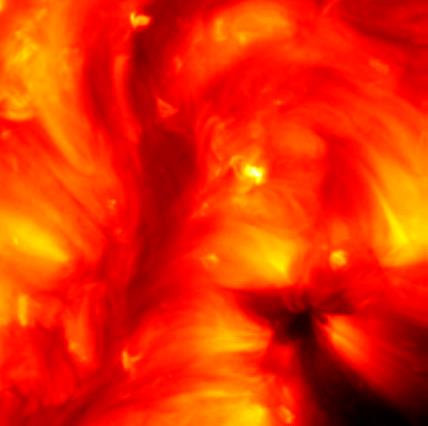
The above image is a single frame (false-color added in Tria) taken with NASA's Solar Dynamics Observatory.
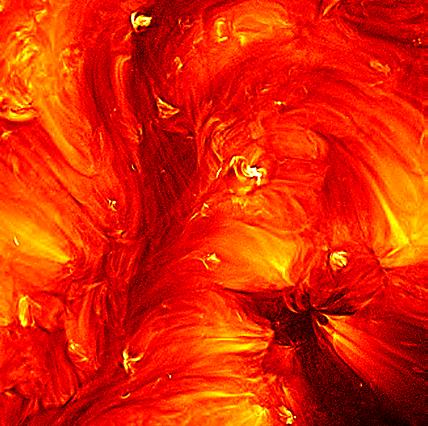
The processed image above is a 4X super-sample, which means the image sizes were increased by a factor of 4 on each side, or 16 times the number of pixels.

The above image was from a set of lab experiments that used a newspaper microfilm as the target. It is a Canadian newaspaper with an airline ad in the bottom right corner. The image size above is 128X128 pixels.

This is the processed result of size 1028X1028, for an 8X super-sample.Words in larger fonts are now legible, but further resolution is needed to read smaller fonts.
This sequence of frames was on the ImageJ website to be used for image processing testing. I am not sure how old it is or who made it. It is a model of a castle taken by a camera moved above the model. There are 13 frames.
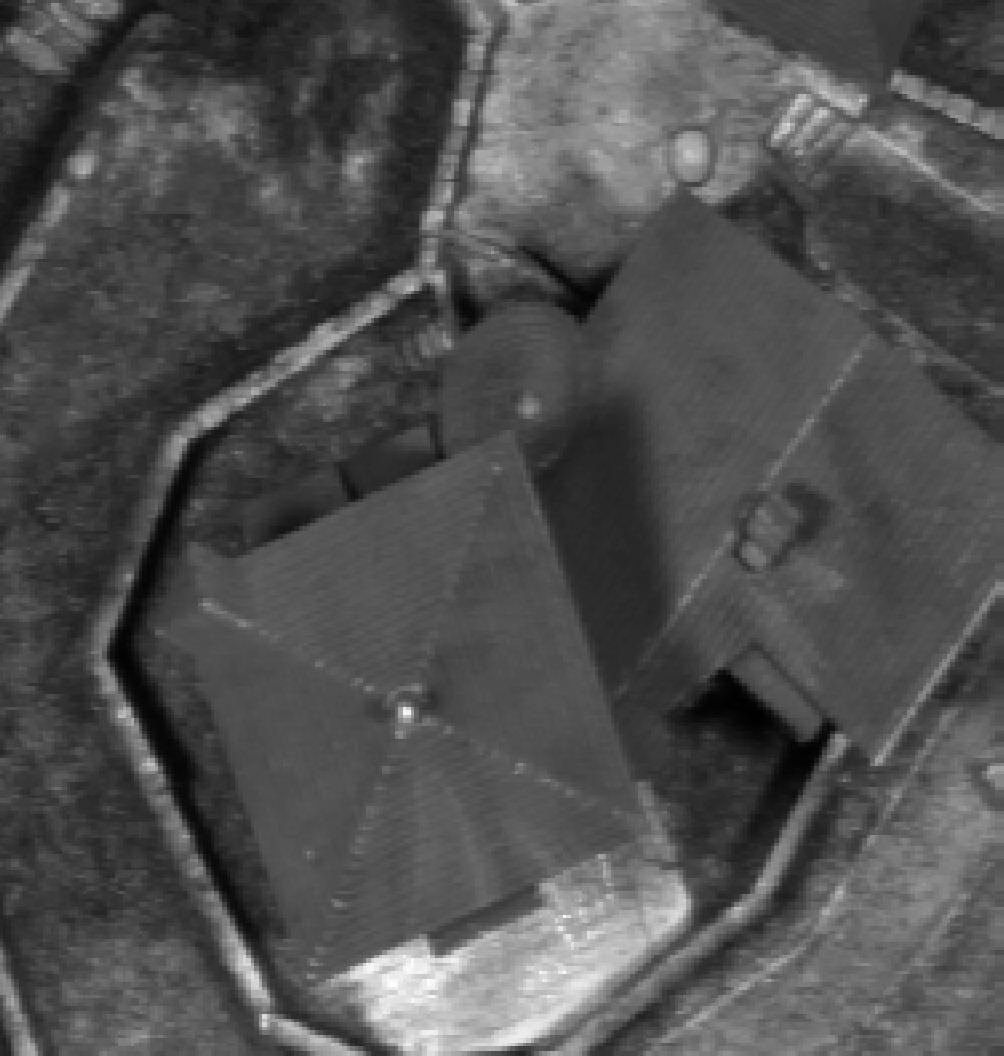
The above image is a cropped version of a single frame, scaled to the same size as the processed version.
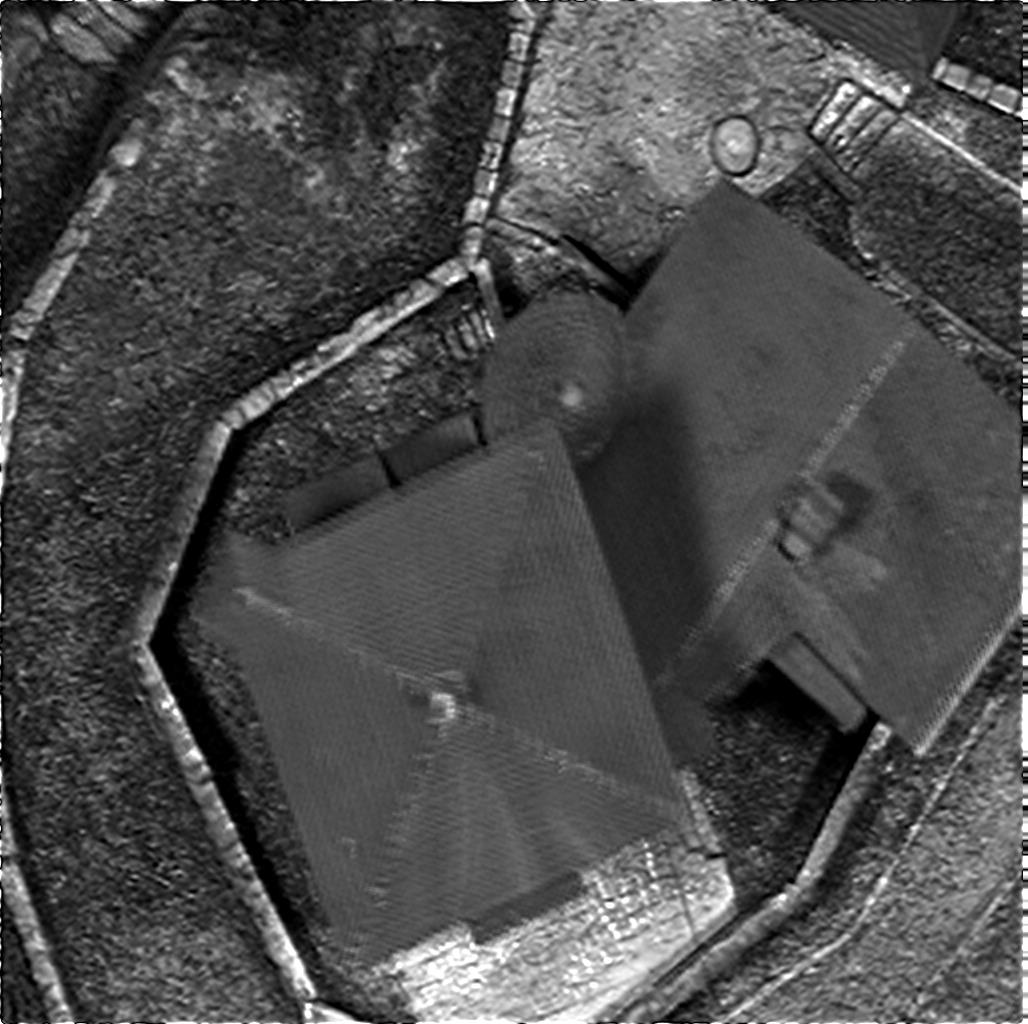
The above image is the processed result of the castle set. The improvement in resolution is easy to see. This set is notable for having only 13 frames and with large displacements (over 10 pixels) between each frame. The model is also 3D, so, as a result of perspective, the roof moves differently compared to the background. The roof, therefore, is not as resolved as the background.
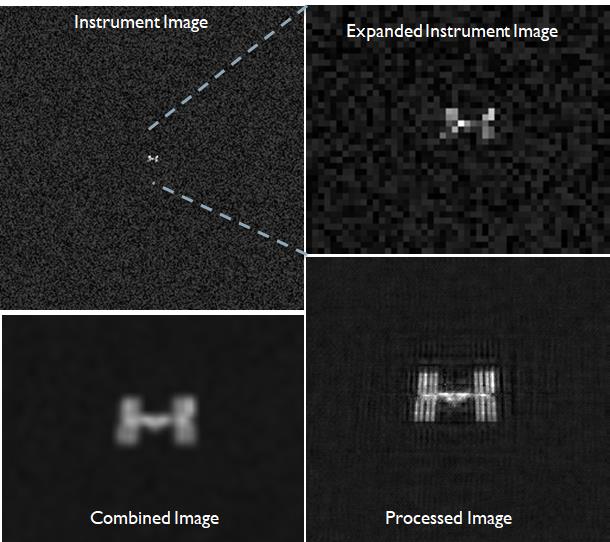
This image was included in my 2020 paper, but it shows that there can be signficant noise in the image, but we can still retrieve high resolution information. This is a simulated set created by putting an image of the ISS onto a much larger blank image. Noise was added to achieve a SNR of 32. The processed image resovles the solar panels of ISS despite little evidence of the solar panels in the blown-up image.
